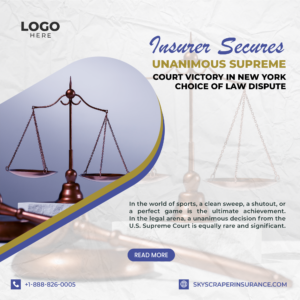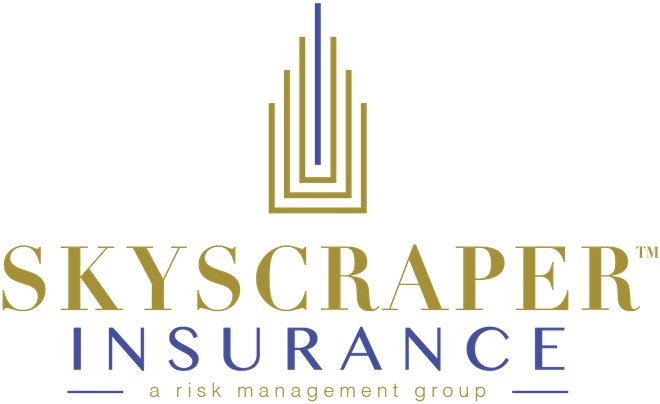The risk is present even in new construction, as lead-based materials are still imported and used today.
Although the sheer volume of lead that vaporized in the Notre Dame fire was unique, fire restoration practitioners need to be aware of the likelihood that lead may be present in any fire-damaged structure, especially those built after 1978.
On April 15, 2019, a fire broke out beneath the roof of the Notre-Dame de Paris Cathedral in Paris. Over 400 firefighters fought the blaze, which grew uncontrollably and consumed approximately two-thirds of the roof structure, including the 300-foot wooden spire. The spire ultimately crashed through the roof, bringing down with it stone, stained glass windows, and the handcrafted, vaulted oak ceiling dating back to the 13th century. The initial damage assessments for the restoration of the cathedral and many of its priceless artifacts range from $790 million to $1 billion.
The roof’s various layers and spire, composed of approximately 450 tons of lead, quickly melted as the fire temperatures exceeded 1,400° F. As the smoke’s distinct yellow tinge suggested, the lead vaporized and created a toxic fallout of lead dust that was deposited across Paris.
As a result, all workers involved in the restoration are required to wear protective hazardous material suits and respirators. They also must regularly take blood tests for lead exposure, as lead levels at the site were found to far exceed the recommended limits set by French health authorities.
An unexpected threat: lead fumes and fallout
In July of 2019, reports began to emerge of an unexpected threat to residents in the vicinity of the cathedral: lead poisoning. According to French media, areas close to the cathedral had levels of lead ranging between 500 and 800 times the official safe level.
During a structure fire, lead fumes are produced when lead or lead-containing materials are heated to temperatures above 932° F. At these temperatures, lead vapor is released in the form of highly toxic lead oxide fumes. This vapor then condenses into solid fume particles which are released into the atmosphere. This is one of the reasons why U.S. federal law prohibits the use of heat guns that operate above 1,100°F to strip lead-based paint.
Lead oxide is highly soluble in body fluids. The particle size of the metal fumes ranges between 0.1-0.7 microns, which increases the likelihood of inhalation and deposition of the fume directly into the bloodstream. When materials containing lead vaporize in a structure fire, the lead-laden smoke and other combustion byproducts combine to form toxic particulate matter that later permeates surfaces in the form of ultra-fine lead dust. Molten lead or lead fumes may also contain other toxic byproducts including chromium, cobalt, arsenic, selenium, cadmium, antimony and mercury, as occurring in emissions from metal production. All of these metals and chemicals are listed in the Clean Air Act as being hazardous air pollutants that should be subjected to testing.
A hidden threat revealed: lead contamination in new buildings
Although the sheer volume of lead that vaporized in the Notre Dame fire was unique, fire restoration practitioners need to be aware of the likelihood that lead may be present in any fire-damaged structure, especially those built after 1978. Now you may be asking yourself: “did he just say after 1978?” Believe it or not, lead-based products are still being used in homes and buildings and are imported into the United States in varying forms to this day. It is conceivable that the level of lead contamination resulting from molten lead and lead-laden fumes could pose a greater risk of exposure, far above the relatively small amount found in lead-based paint or ceramic tile glazing. This could come from melted fishing weights, plastics such as polyvinyl chloride, ammunition, automotive batteries and a wide range of common household products.
Although the federal government banned the manufacture of lead-based paint in 1978, stockpiles of the paint were still sold to the public until the supplies were exhausted. As of 2006, an estimated 22% of U.S. homes (23.2 million) still contained lead-based paint hazards.
Paint or other surface coatings that contain lead include chrome yellow (lead(II) chromate), red lead (lead(II, IV) oxide), and white lead (lead(II) carbonate). These are the most common forms of lead-based paint equal to or exceeding 1.0 milligram per square centimeter, or 0.5 percent by weight, or 5,000 parts per million by weight.
Sean Scott is a licensed general contractor in California who has spent over 43 years in the construction and restoration industry. Throughout his career, Sean has worked with all the major insurance carriers that underwrite residential and commercial policies and has worked directly with claims adjusters, independent adjusters, third-party administrators, public adjusters and attorneys. He has written and co-written a number of books on disaster preparedness and insurance, including “The Red Guide to Recovery – Resource Handbook for Disaster Survivors.”




